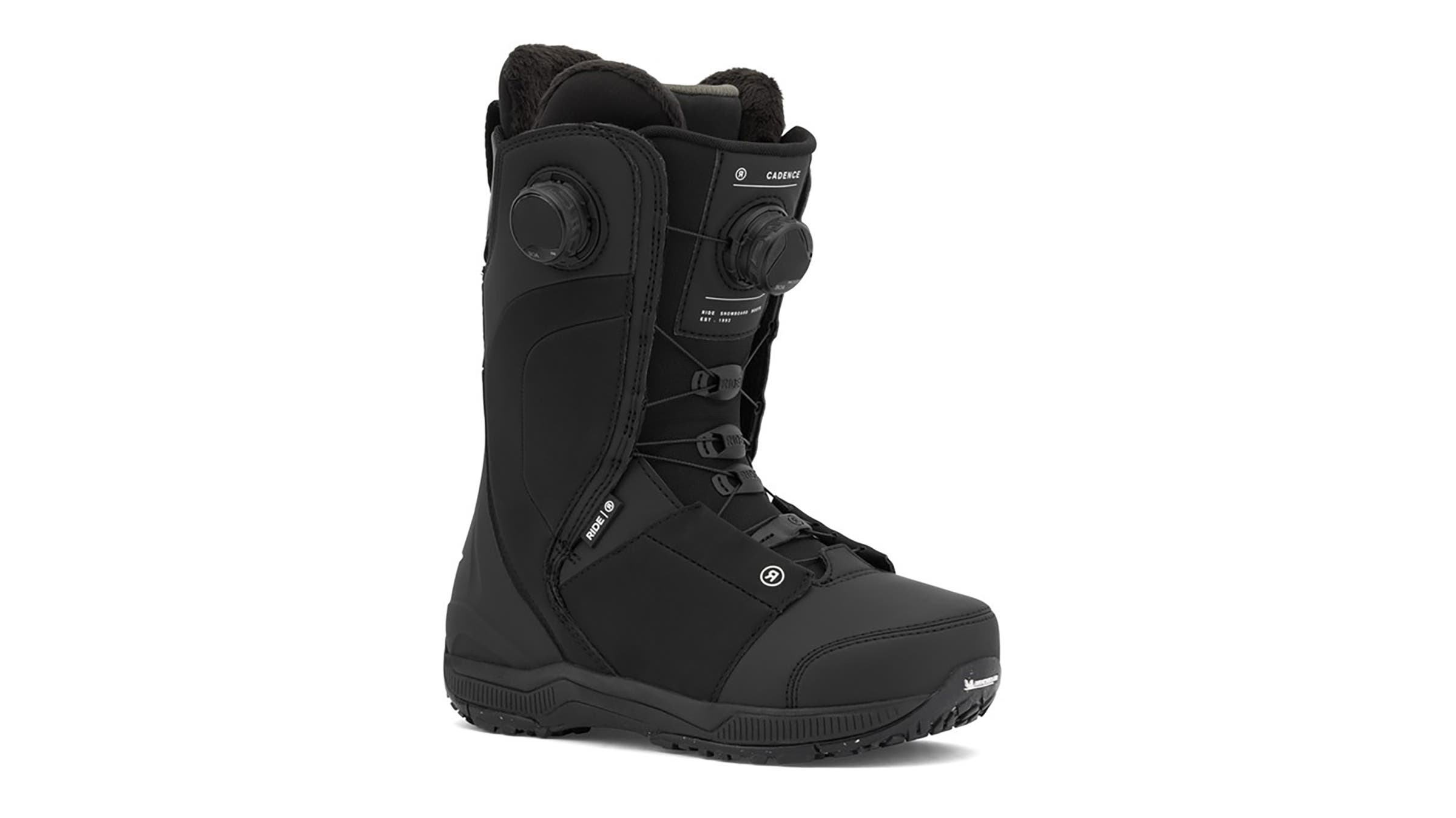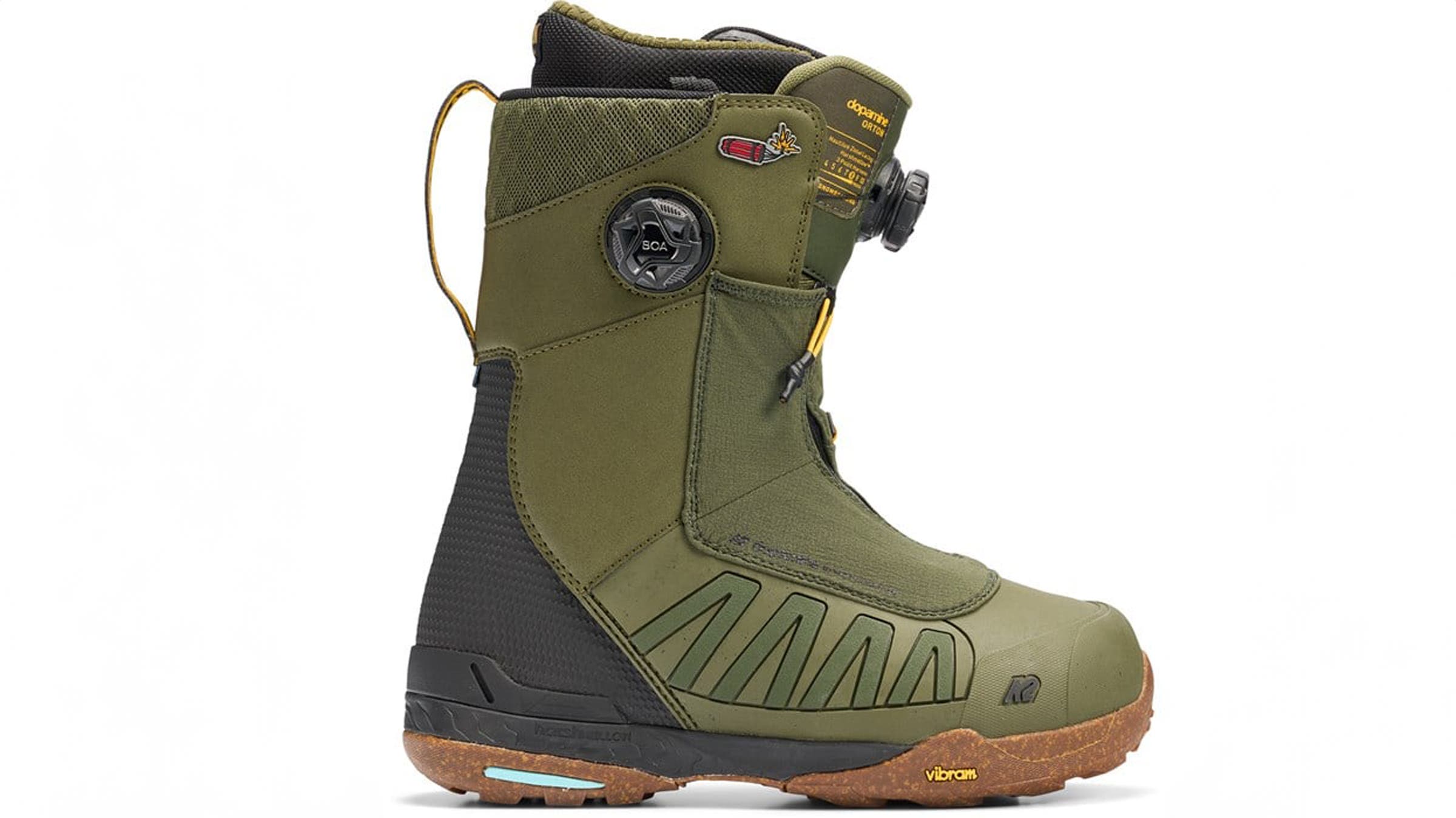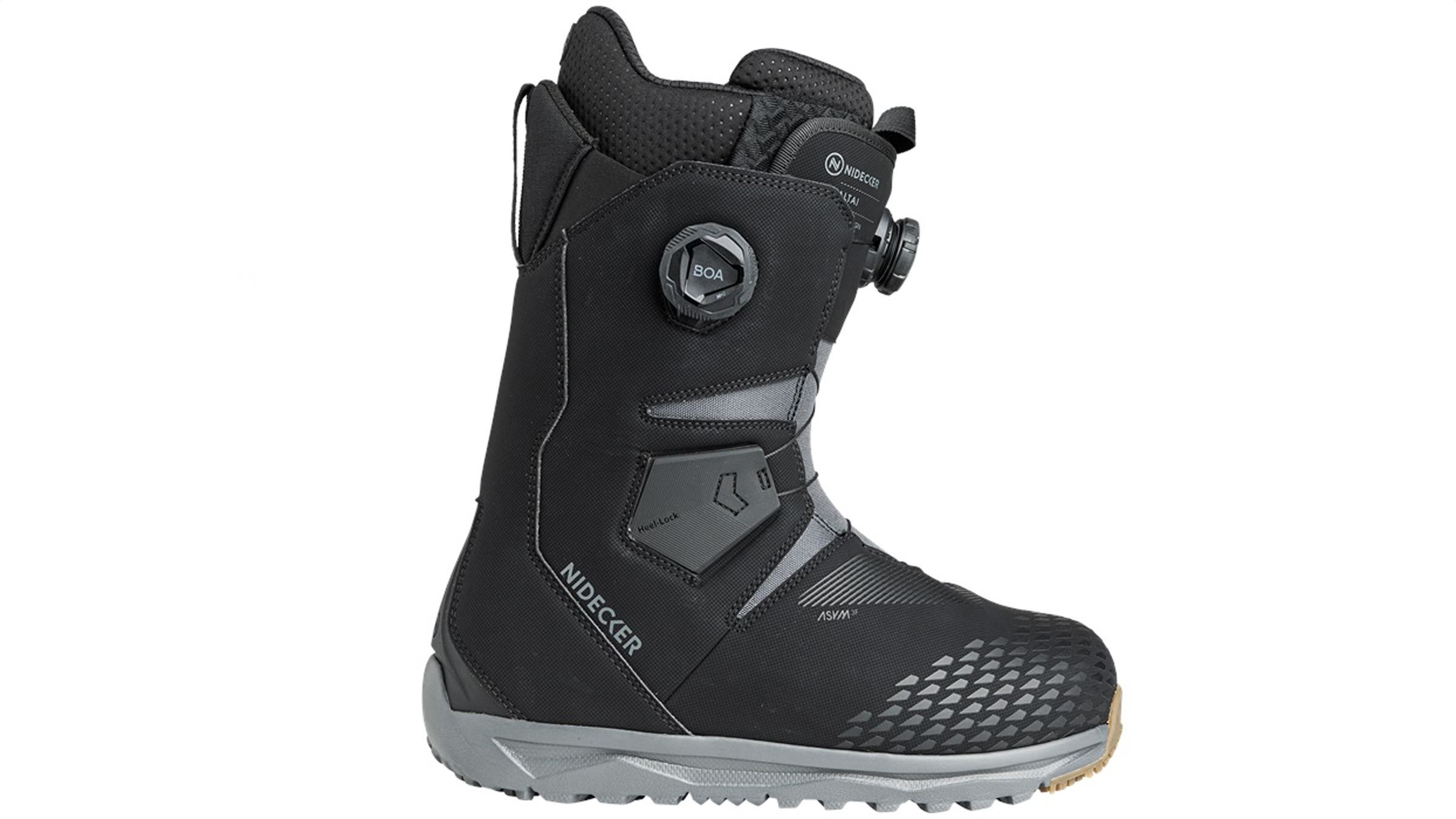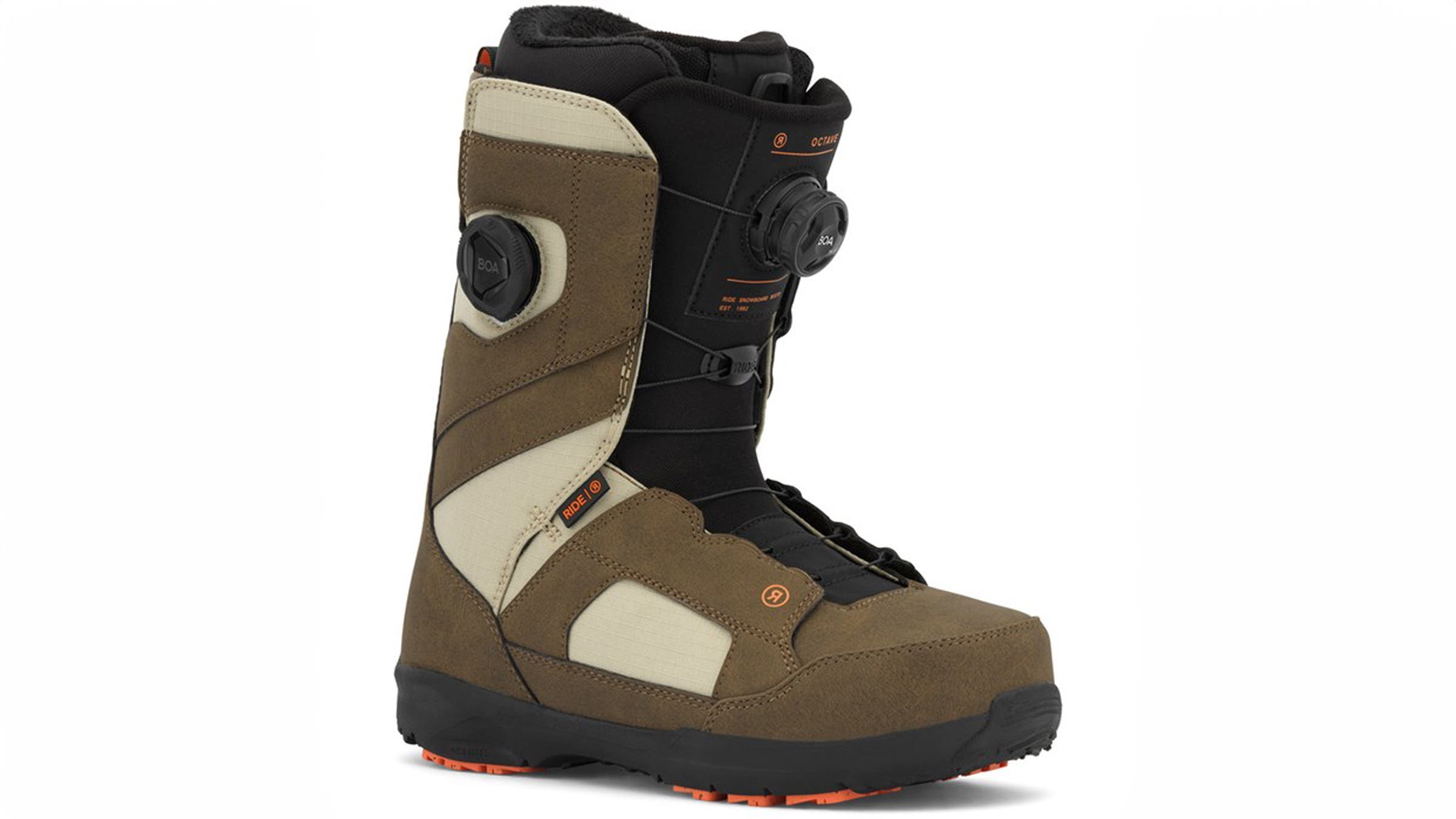If you buy through our links, we may earn an affiliate commission. This supports our mission to get more people active and outside.Learn about ąú˛úłÔąĎşÚÁĎ Online's affiliate link policy
I Replaced the Worn-Out BOA Dials and Laces on My Snowboard Boots Myself, but Not Without SwearingĚý
I’ve had the same pair of snowboarding boots—the Ride Cadence—for ten years. I’ve loved them for their soft, fleecy liner, their stiffness that gives me control of my turns, and mostly, because of the double BOA system that provides a seriously precise fit.
When I started snowboarding over 20 years ago, I found it impossible to tie my boots tight enough, even first thing in the morning. And throughout the day, the laces would loosen, requiring me to take off my mittens and retie them. I could never get them as snug as I wanted, especially over the top of my foot.
My Ride Cadence boots fixed all that with their double BOA lace systems, one tightening the boot around my foot, and one tightening around my ankle and lower leg.
Ride Cadence Snowboard Boot

But last season, due to general wear and tear, the metal cable of my laces started fraying. I didn’t want them to tear all the way through mid-run, but I also didn’t want to spend hundreds of dollars on new snowboard boots, so I looked into replacing the laces.
I knew BOA had a lifetime guarantee, so I went to the company’s website, clicked on “Claim Free Repair Kit,” and completed a simple survey to figure out what BOA product I had on my ten-year-old boots. I was then mailed two replacement dials, two replacement cables, and an instruction pamphlet, which told me all I needed was a flathead screwdriver.
I consider myself handy. I like fixing things. But when I tried to remove the old dial, I found myself struggling. I might have dropped a couple F-bombs as I was skewered by the frayed steel cable while wrestling with the mechanism.
After emailing BOA’s customer service, I tried again. Another couple of F-bombs. This time, I emailed a video of what I was doing to learn what I should be doing, and received a phone call from a pleasant customer service rep, who told me my ten-year-old boots had an old version of BOA laces and dials. Four years ago, the H3 model was upgraded to the H4, whose dial is easier to remove. The rep told me I could take my boots and replacement kit to a local shop to have it done by someone there (some shops provide the service for free, while others charge for labor).
Since I wanted to do it myself, the customer service rep recommended I grab another tool: needle-nose pliers. With some futzing, I finally removed the old dial. Man, did that feel good.
I then removed the old laces by cutting them with the wire cutter on the pliers. (The instruction manual shows how to push the old cable loose, but I think mine had been in there too long as they were sticking.) I then relaced my old boot with the new cable, restrung the new cable onto the new dial—not easy, but doable—and replaced the new dial.
That’s when I found out just how easy the new dial is to remove…because I had to take it off, since I had forgotten to lace the cable through the final eyelets.
Once I fixed my mistake, I cranked the new dial and—voilà —new laces, new dial, new-ish boot. I may need to replace my boots soon because the liner is becoming packed out, but I no longer have to worry about the frayed laces breaking when I’m in motion—which is a huge relief.
So, in the end, my experiment proved that yes, you can give old snowboarding boots (or other footwear that comes equipped with BOA fit systems) new life without spending a dime. Just be ready for some good ol’ DIY struggles, followed by some good ol’ DIY satisfaction.
3 Other Snowboard Boots with BOA Lacing We Love
K2 Orton

Nidecker Altai

Ride Octave
